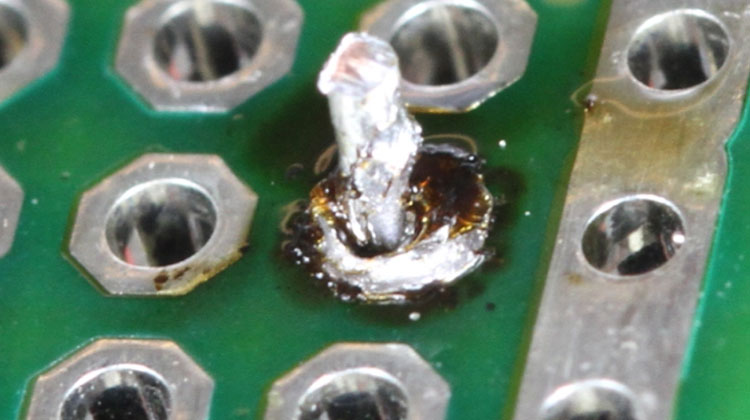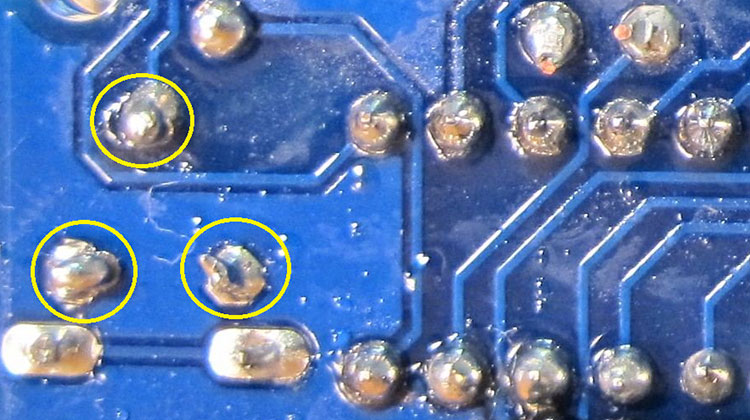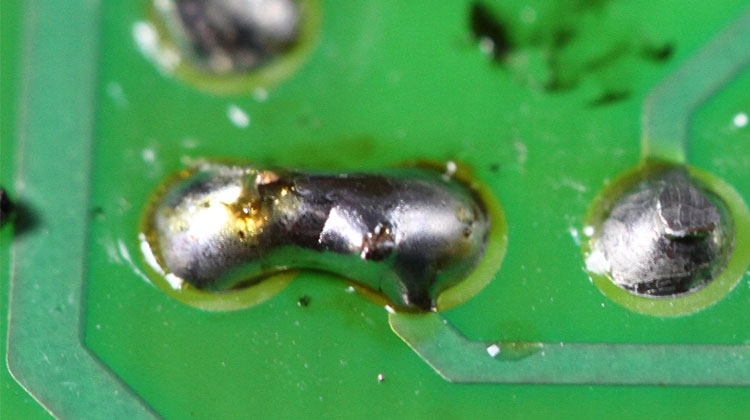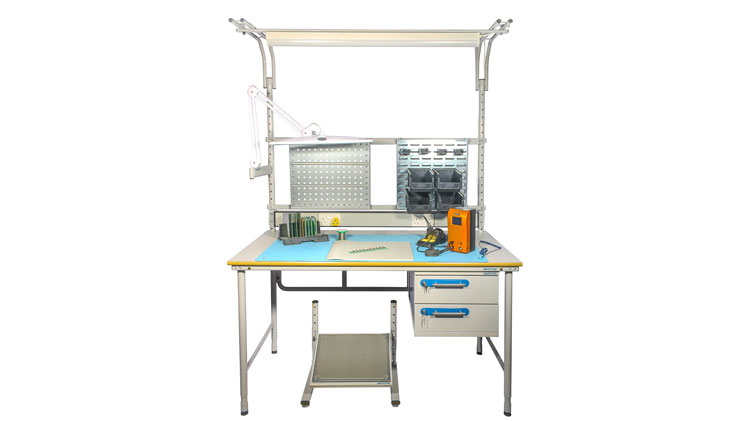Soldering is a process that involves the use of heat and a soldering material, such as solder, to create a permanent and reliable joint between two metal surfaces. Soldering is commonly used in electronics, plumbing, and jewelry making, among other applications.
However, if you solder too much, there can be a number of negative consequences. For example, excessive heat can damage the metal surfaces, cause the soldering material to become brittle and crack, or even cause a fire. Additionally, applying too much solder can create a messy and uneven joint that is weak and prone to failure.
One of the most common problems that can occur if you solder too much is overheating. This can happen if you use a soldering iron that is too hot or applies heat for too long. Overheating can cause the metal surfaces to become discolored, distorted, or even melted. It can also cause the soldering material to become brittle and crack, compromising the soldered joint's strength and reliability.

Another common problem that can occur if you solder too much is the creation of a "cold joint." This occurs when the soldering material does not properly wet and bond with the metal surfaces, resulting in a weak and unreliable joint. Cold joints can be caused by a number of factors, including insufficient heat, improper cleaning of the metal surfaces, or the use of a soldering iron that is not hot enough.

In addition to these problems, soldering too much can create a fire hazard. This can happen if the soldering iron or torch is left unattended or flammable materials are nearby. Soldering irons and soldering torches can reach temperatures of over 1000 degrees Fahrenheit. They can easily ignite materials such as paper, cloth, or plastic if they come into contact with the heated tip.
Besides the problems discussed above, there are other potential negative consequences of soldering too much. For example, excessive heat can cause the soldering material to form a "dross" on the surface of the metal. Dross is a type of oxide or other impurities that can form on the surface of the metal due to overheating. Dross can interfere with the wetting and bonding of the soldering material and can result in a weak and unreliable joint.
Another potential problem is the formation of "tinning". Tinning occurs when the soldering material adheres to the surface of the metal in a thin, even layer. While tinning can provide some benefits, such as improving the wetting and bonding of the soldering material, it can also be detrimental if done excessively. Excessive tinning can cause the soldering material to build up in thick layers, creating a messy and uneven joint. It can also cause the soldering material to become brittle and crack, compromising the soldered joint's strength and reliability.
Finally, soldering too much can also result in the creation of "solder bridges". Solder bridges are small connections of soldering material that can form between two or more closely spaced metal surfaces. These connections can cause electrical shorts or other problems and can be difficult to remove without damaging the metal surfaces or the soldered joint.

To avoid these problems, it is important to carefully control the temperature, time, and amount of heat and soldering material used during the soldering process. This can help to ensure that the soldered joint is strong, reliable, and free from defects or failures. Additionally, it is important to use the right tools and equipment for the job and to maintain a safe and organized workspace while soldering. By following these guidelines, you can avoid the negative consequences of soldering too much and create strong, reliable soldered joints.
Additionally, it is important to use the right tools and equipment for the job. This includes using a soldering iron or soldering torch appropriate for the type and size of metal surfaces being soldered, as well as choosing a soldering material suitable for the application.
Finally, it is essential to maintain a safe and organized workspace while soldering. This includes keeping flammable materials away from the soldering area and ensuring that the soldering iron or soldering torch is turned off and unplugged when not in use. By following these guidelines, you can avoid the negative consequences of soldering too much and create strong, reliable soldered joints.

Contact: Mr. Li
Phone: (0086) 138 24254 321
E-mail: atetool@atetool.com.cn
Add: 5F, 1-2# Building, Tongfuyu Industrial Zone, Aiqun Rd, Shiyan Subdistrict, Bao'an, Shenzhen, 518108, China